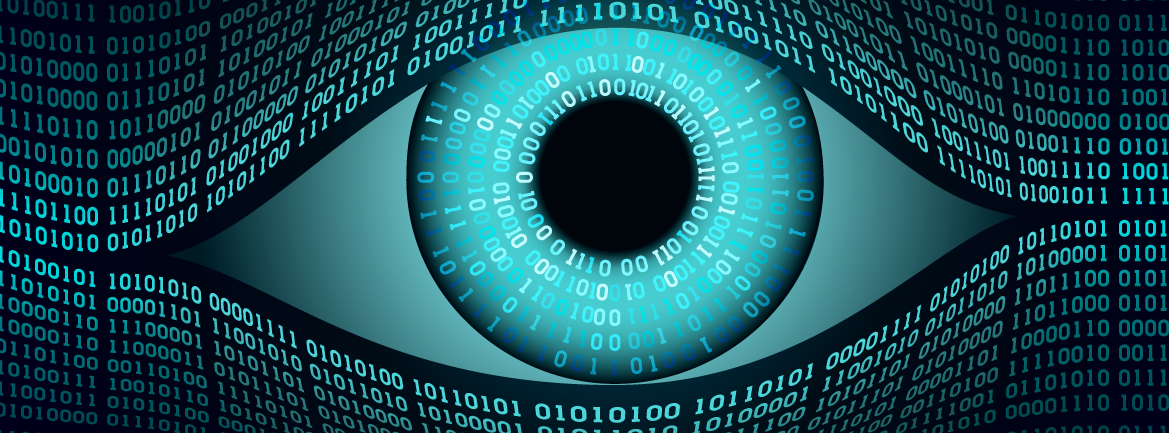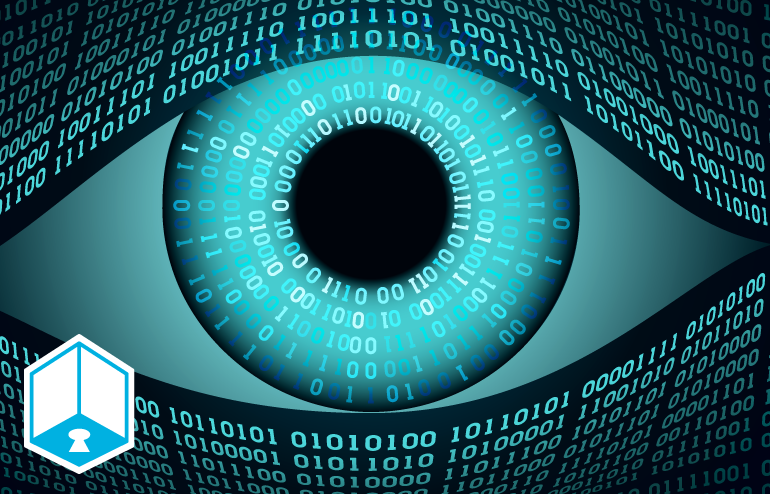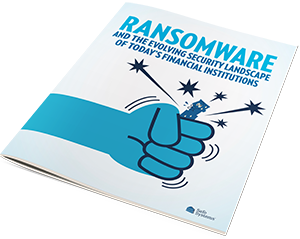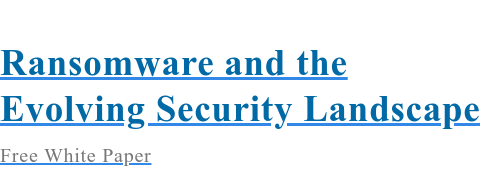To Fight Cybercrime, Financial Institutions Must Identify Rogue Actors

Cybercrime continues to be a growing problem for community banks and credit unions. Today’s criminals continue to develop increasingly sophisticated tactics to exploit systems. The goal of an attacker is to gain access to an organization, locate and extract valuables, and avoid being discovered. These intruders are referred to as rogue actors.
What is a Rogue Actor?
There are two types of rogue actors. The first type of rogue actor is an external individual or group who enters an organization’s systems without prior authorization. This unauthorized access could come from an external attack, or through a physical presence. This physical presence could be accomplished using social engineering techniques. In this scenario, the adversary poses as a printer repair tech, or any potential vendor, and gains unauthorized physical access to your systems. The second type of rogue actor is an adversarial insider attempting to obtain unauthorized access to valuable data for personal gain or malicious intent.
How to identify a Rogue Actor?
 One effective strategy to identify a rogue actor is for organizations to place decoys throughout their environment. Since there are no legitimate reasons for the decoys to be accessed, an alert will notify the appropriate groups on the anomalous activity. If the organization’s other security layers are bypassed, these alerts enable the organization to quickly remediate the issue. There have been several major breaches over the last few years that likely would have benefitted from these types of decoys within their organization. It is important to be aware of any suspicious activity so you can successfully mitigate risks and prevent data loss.
One effective strategy to identify a rogue actor is for organizations to place decoys throughout their environment. Since there are no legitimate reasons for the decoys to be accessed, an alert will notify the appropriate groups on the anomalous activity. If the organization’s other security layers are bypassed, these alerts enable the organization to quickly remediate the issue. There have been several major breaches over the last few years that likely would have benefitted from these types of decoys within their organization. It is important to be aware of any suspicious activity so you can successfully mitigate risks and prevent data loss.
What is the impact of a Rogue Actor?
The impact of having a rogue actor on a network can be devastating to a financial organization, with the main risk being theft or unauthorized access of data. Financial institutions are prime targets due to the amount of sensitive data they house. A data breach at a bank or credit union not only affects that organization but also all customers or members whose personal information may be compromised or stolen. Rogue actors can then hold the compromised data for ransom or sell it on the black market.



